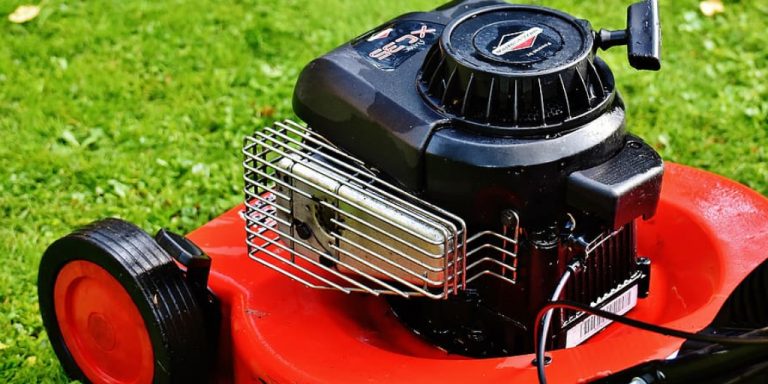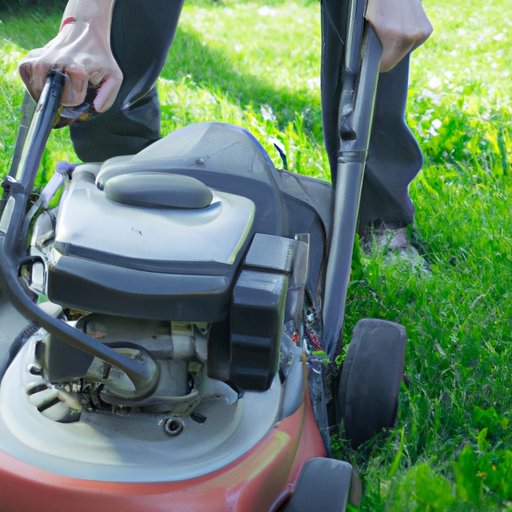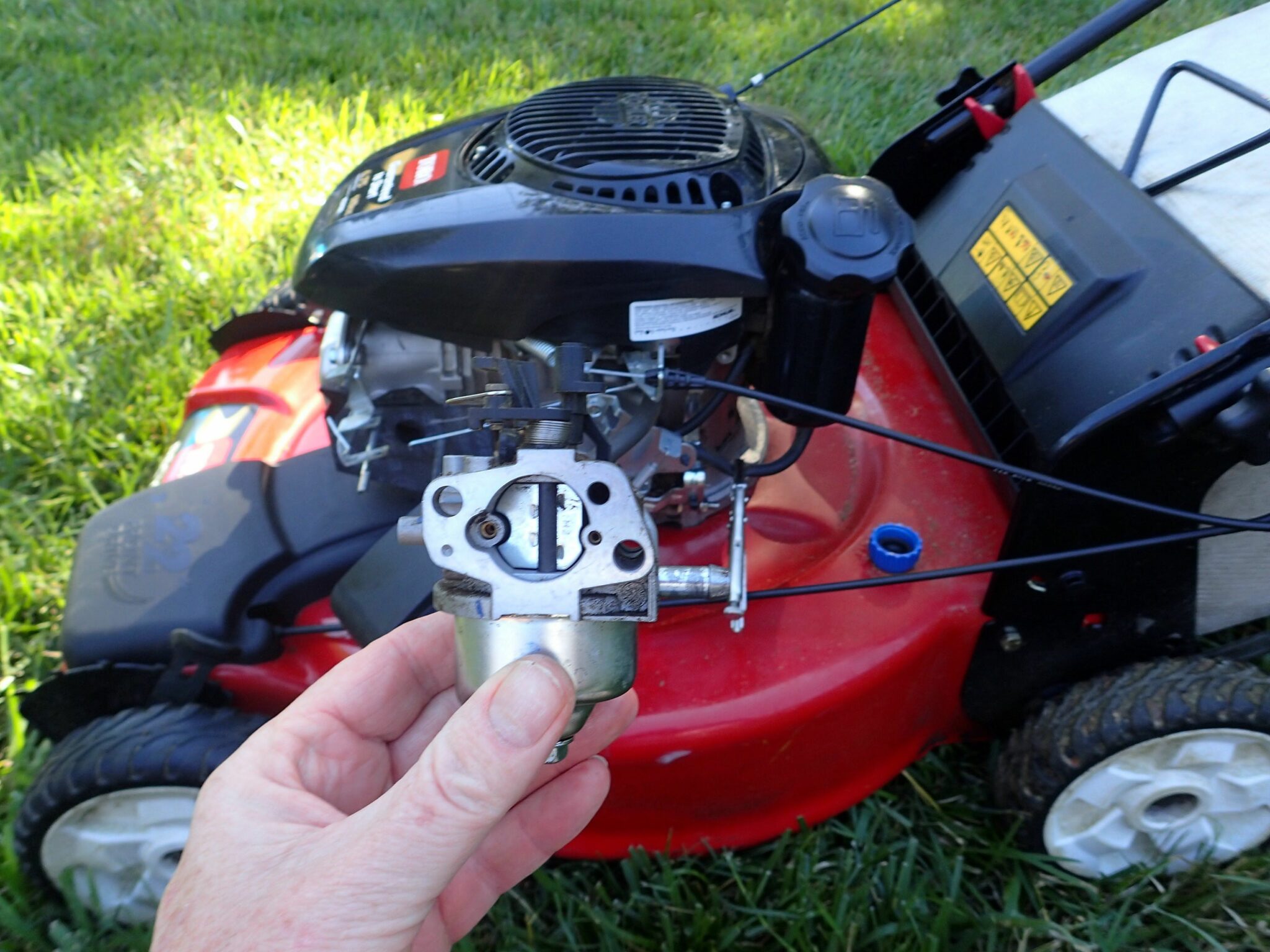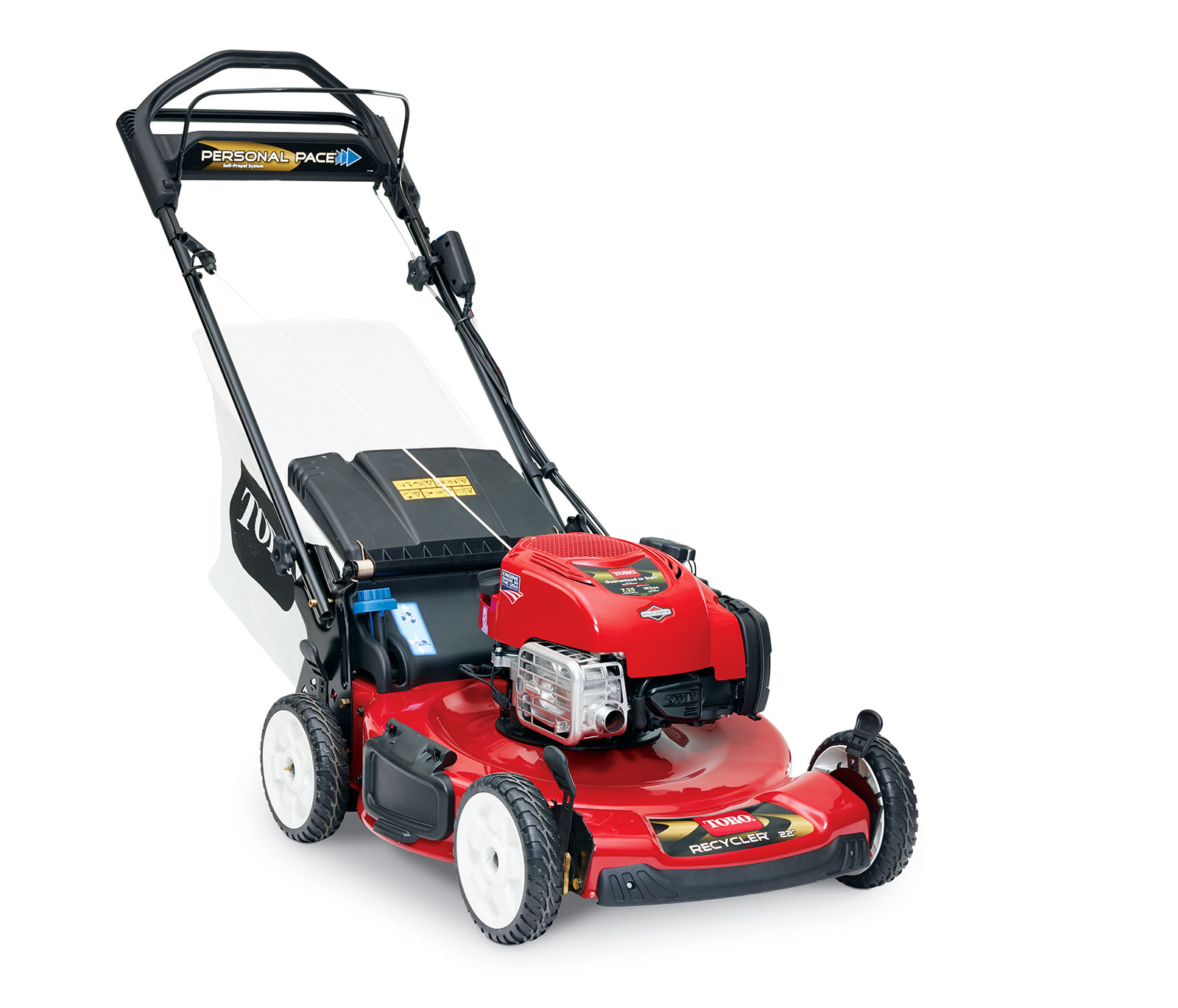Why Lawn Mowers Can Be Finicky Starters
Lawn mowers can be notoriously difficult to start, leaving many homeowners frustrated and wondering what’s going wrong. The truth is, there are several common issues that can prevent a lawn mower from starting, and understanding these problems is key to troubleshooting and finding solutions. One of the most common culprits is old fuel, which can break down over time and cause the engine to stall or fail to start. Clogged air filters are another common issue, as they can restrict airflow and prevent the engine from getting the oxygen it needs to run. Faulty spark plugs are also a frequent problem, as they can fail to ignite the fuel and cause the engine to misfire or not start at all.
Other issues that can prevent a lawn mower from starting include a dirty or clogged carburetor, a faulty ignition coil, or a dead battery. In some cases, the problem may be as simple as a loose or corroded connection, or a faulty safety switch. Whatever the cause, it’s essential to identify and address the issue quickly to get your lawn mower up and running again. By understanding the common problems that can prevent a lawn mower from starting, you can take the first step towards troubleshooting and finding a solution.
For those looking for tricks to starting a lawn mower, it’s essential to remember that prevention is the best medicine. Regular maintenance, such as changing the oil and air filter, can go a long way in preventing starting issues. Additionally, using fresh fuel and keeping the mower clean and dry can also help to prevent problems. By taking these simple steps, you can help to ensure that your lawn mower starts easily and runs smoothly, every time.
Pre-Start Checks to Ensure a Smooth Ignition
Before attempting to start your lawn mower, it’s essential to perform a series of pre-start checks to ensure a smooth ignition. These checks can help identify potential issues before they become major problems, and can also help prevent damage to the engine and other components. One of the most critical pre-start checks is to inspect the air filter. A dirty or clogged air filter can restrict airflow to the engine, making it difficult to start and potentially causing damage to the engine. Remove the air filter and inspect it for dirt, dust, and debris. Clean or replace the filter as needed.
Next, check the oil level to ensure it’s at the recommended level. Low oil levels can cause the engine to seize or fail to start, while overfilling can lead to oil leaks and other issues. Consult your owner’s manual for the recommended oil level and type. Also, ensure the mower is on a level surface before attempting to start it. This will help prevent the engine from tilting or becoming unbalanced, which can make it difficult to start.
Additional pre-start checks include ensuring the spark plug is clean and free of debris, checking the fuel level and type, and verifying the choke is functioning correctly. By performing these simple checks, you can help ensure a smooth ignition and prevent potential issues. For those looking for tricks to starting a lawn mower, these pre-start checks are an essential part of the process. By incorporating these checks into your routine, you can help extend the life of your mower and ensure it starts easily every time.
How to Prime Your Lawn Mower for a Quick Start
Priming a lawn mower is an essential step in ensuring a quick and easy start. Priming involves preparing the engine for starting by introducing fuel into the combustion chamber. This helps to reduce the number of pulls required to start the engine, making it easier to get your mower up and running. To prime your lawn mower, start by locating the primer bulb, which is usually located on the side of the engine or on the carburetor.
Next, press the primer bulb several times to introduce fuel into the combustion chamber. You may hear a gurgling sound as the fuel flows through the engine. Once you’ve primed the engine, pull the starter cord slowly until you feel resistance. This indicates that the engine is ready to start. Finally, give the starter cord a quick pull to start the engine.
Priming your lawn mower can help to reduce the number of pulls required to start the engine, making it easier to get started. It can also help to prevent starting issues, such as a mower that won’t start after being stored for a long time. By incorporating priming into your starting routine, you can help to ensure a quick and easy start every time. For those looking for tricks to starting a lawn mower, priming is an essential technique to master.
In addition to priming, there are several other tips and techniques that can help to ensure a quick and easy start. These include using the correct starting procedure, keeping the mower well-maintained, and using the correct type of fuel. By following these tips and techniques, you can help to ensure that your lawn mower starts easily and runs smoothly every time.
Troubleshooting Common Starting Issues
Despite performing pre-start checks and priming the engine, some lawn mowers may still experience starting issues. If your mower won’t start after being stored for a long time, it may be due to stale fuel or a clogged carburetor. Try draining the old fuel and replacing it with fresh fuel, and then clean or replace the carburetor as needed.
If your mower requires multiple pulls to start, it may be due to a faulty spark plug or a low battery. Try replacing the spark plug or charging the battery to see if it resolves the issue. If the problem persists, it may be worth consulting a small engine repair manual or seeking the advice of a professional mechanic.
Another common starting issue is a mower that won’t start after a long period of inactivity. This may be due to a faulty ignition coil or a clogged fuel filter. Try replacing the ignition coil or cleaning or replacing the fuel filter to see if it resolves the issue.
For those looking for tricks to starting a lawn mower, troubleshooting common starting issues is an essential part of the process. By identifying and addressing the root cause of the problem, you can help ensure a smooth and efficient start every time. Remember to always refer to your owner’s manual for specific troubleshooting instructions, and don’t hesitate to seek professional help if you’re unsure about how to resolve the issue.
In addition to troubleshooting common starting issues, regular maintenance can also help prevent starting problems. By keeping your mower well-maintained, you can help ensure that it starts easily and runs smoothly every time. This includes regular oil changes, air filter cleaning, and spark plug replacement.
The Role of Spark Plugs in Lawn Mower Ignition
Spark plugs play a crucial role in lawn mower ignition, as they are responsible for igniting the fuel-air mixture in the engine. A faulty spark plug can prevent the engine from starting, or cause it to run poorly. To ensure proper spark plug function, it’s essential to inspect, clean, and replace them regularly.
To inspect a spark plug, remove it from the engine and look for signs of wear or damage. Check the spark plug gap to ensure it’s within the recommended specifications. If the spark plug is worn or damaged, replace it with a new one. When installing a new spark plug, make sure to gap it correctly and tighten it securely.
Cleaning a spark plug can also help to improve engine performance. Use a spark plug cleaner to remove any debris or carbon buildup from the spark plug. Be careful not to damage the spark plug during the cleaning process.
Replacing a spark plug is a relatively simple process that can be done at home. Make sure to purchase a spark plug that’s compatible with your lawn mower’s engine. Follow the manufacturer’s instructions for installing the new spark plug.
For those looking for tricks to starting a lawn mower, understanding the role of spark plugs is essential. By keeping your spark plugs in good condition, you can help ensure a smooth and efficient start every time. Remember to always refer to your owner’s manual for specific instructions on spark plug maintenance and replacement.
In addition to spark plug maintenance, regular tune-ups can also help to prevent starting issues. By keeping your lawn mower well-maintained, you can help ensure that it starts easily and runs smoothly every time. This includes regular oil changes, air filter cleaning, and spark plug replacement.
Additional Tips for Starting a Cold Engine
Starting a lawn mower with a cold engine can be challenging, but there are several tips that can help. One of the most important things to remember is to use the choke correctly. The choke is a valve that restricts airflow to the engine, allowing it to run richer and warmer. When starting a cold engine, it’s essential to use the choke to help the engine warm up quickly.
To use the choke correctly, start by turning it to the “start” or “choke” position. This will restrict airflow to the engine and allow it to run richer. Once the engine is started, slowly turn the choke back to the “run” position. This will allow the engine to run at its normal mixture and prevent it from running too rich.
Another important tip for starting a cold engine is to allow it to warm up before use. This will help the engine to reach its optimal operating temperature and prevent damage to the engine or other components. To warm up the engine, start it and let it run for a few minutes before using it to mow the lawn.
For those looking for tricks to starting a lawn mower, starting a cold engine can be a challenge. However, by using the choke correctly and allowing the engine to warm up before use, you can help ensure a smooth and efficient start every time. Remember to always refer to your owner’s manual for specific instructions on starting a cold engine.
In addition to these tips, regular maintenance can also help to ensure a smooth start every time. This includes regular oil changes, air filter cleaning, and spark plug replacement. By keeping your lawn mower well-maintained, you can help prevent starting issues and prolong the life of the mower.
How to Maintain Your Lawn Mower for Easy Starting
Regular maintenance is essential to ensure easy starting and prolong the life of your lawn mower. One of the most important maintenance tasks is to change the oil regularly. Old oil can become thick and dirty, making it difficult for the engine to start. Check your owner’s manual for the recommended oil change interval and type of oil to use.
Another important maintenance task is to clean or replace the air filter regularly. A dirty air filter can restrict airflow to the engine, making it difficult to start. Check your owner’s manual for the recommended air filter cleaning or replacement interval.
Spark plug replacement is also an essential maintenance task. Spark plugs should be replaced every 100-200 hours of use, or as recommended by the manufacturer. Worn out spark plugs can cause starting issues and reduce engine performance.
In addition to these maintenance tasks, it’s also important to keep the mower deck and blades clean and free of debris. A clogged mower deck can cause the engine to work harder, making it more difficult to start.
For those looking for tricks to starting a lawn mower, regular maintenance is key. By following these maintenance tips, you can help ensure easy starting and prolong the life of your lawn mower. Remember to always refer to your owner’s manual for specific maintenance instructions and recommendations.
By incorporating these maintenance tasks into your routine, you can help prevent starting issues and ensure a smooth and efficient mowing experience. Regular maintenance can also help to extend the life of your lawn mower and reduce the need for costly repairs.
Conclusion: Starting Your Lawn Mower with Confidence
Starting a lawn mower can be a challenging task, but by following the tips and techniques outlined in this article, you can start your lawn mower with confidence. Remember to always perform pre-start checks, prime your lawn mower correctly, and troubleshoot common starting issues. Additionally, regular maintenance is essential to ensure easy starting and prolong the life of your lawn mower.
By incorporating these tips and techniques into your routine, you can help prevent starting issues and ensure a smooth and efficient mowing experience. Whether you’re a seasoned lawn care professional or a DIY enthusiast, starting your lawn mower with confidence is just a few steps away.
For those looking for tricks to starting a lawn mower, this article has provided a comprehensive guide to help you get started. By following these tips and techniques, you can help ensure a smooth and efficient start every time. Remember to always refer to your owner’s manual for specific instructions and recommendations for your particular lawn mower model.
In conclusion, starting a lawn mower is a skill that can be mastered with practice and patience. By following the tips and techniques outlined in this article, you can start your lawn mower with confidence and ensure a smooth and efficient mowing experience. Happy mowing!








